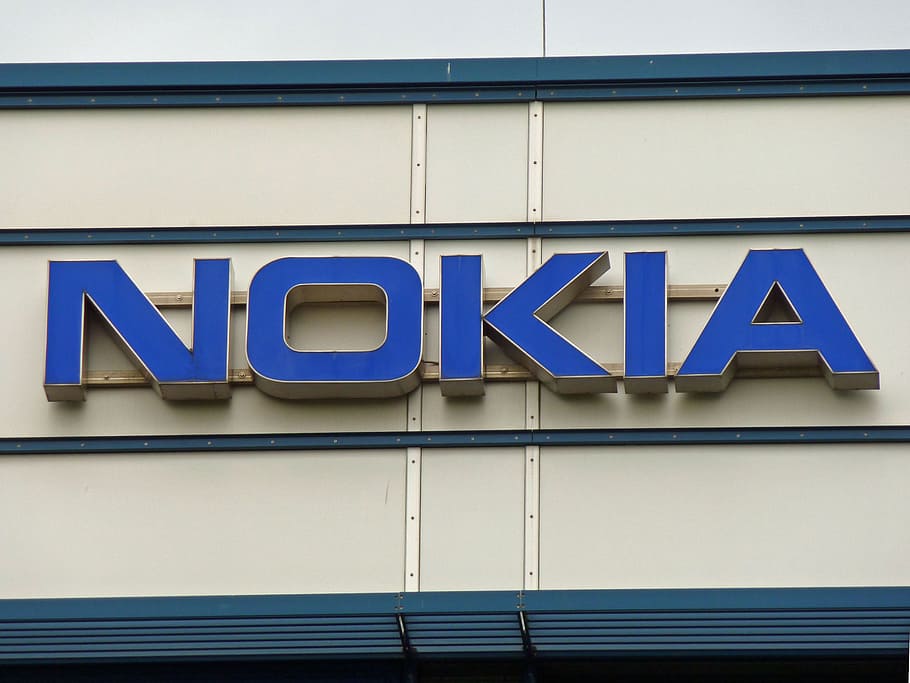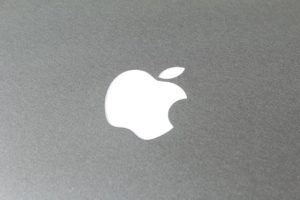Microsoft Corporation (NASDAQ:MSFT) has inked a strategic partnership with SpaceX as it seeks to connect its Azure cloud computing network with the growing Starlink satellite broadband service offered by the space focused company.
SpaceX Starlink Satellites
SpaceX has embarked on an ambitious plan to build an interconnected network of thousands of satellites in the lower earth orbit that will be used to beam internet connection on the earth’s surface. The company is looking to deliver high-speed internet services anywhere around the world.
The Elon Musk Company has already launched over 800 satellites as it moves to offer broadband services. The launched satellites are just a fraction of the total number of satellites the company intends to launch to enable global coverage. However, it is enough to get the service started in some parts of North America.
Microsoft Satellite Connections Push
Microsoft is moving to take advantage of the Starlink internet services as it looks to deliver new offerings for the public and private sector as part of its cloud computing offering. In partnership with Microsoft, SpaceX should be able to sell to mutual customers, or co sells to new enterprise and future customers.
The strategic partnership comes when Microsoft is increasingly expanding into the space industry. The tech giant has already unveiled Azure Orbital to connect satellites directly to the cloud. Partnership with SpaceX will allow the company to better compete with Amazon.com, Inc. (NASDAQ: AMZN), which already connects the AWS cloud to satellites.
NASA-NOKIA 4G LTE Deal
Separately, the U.S National Space Agency has selected Nokia to become its official cellular provider to the moon. The agency has awarded the company a $14.1 million contract to build a 4G LTE station on the moon by 2022.
The 4G LTE network construction is part of NASA’s push to establish a sustained human presence on its celestial neighbor. Once complete, the entire lunar surface will have 4G coverage. The 4G connection should allow NASA to send astronauts to the moon by 2024 in more than five decades as it also eyes sustainable human presence by 2028.










